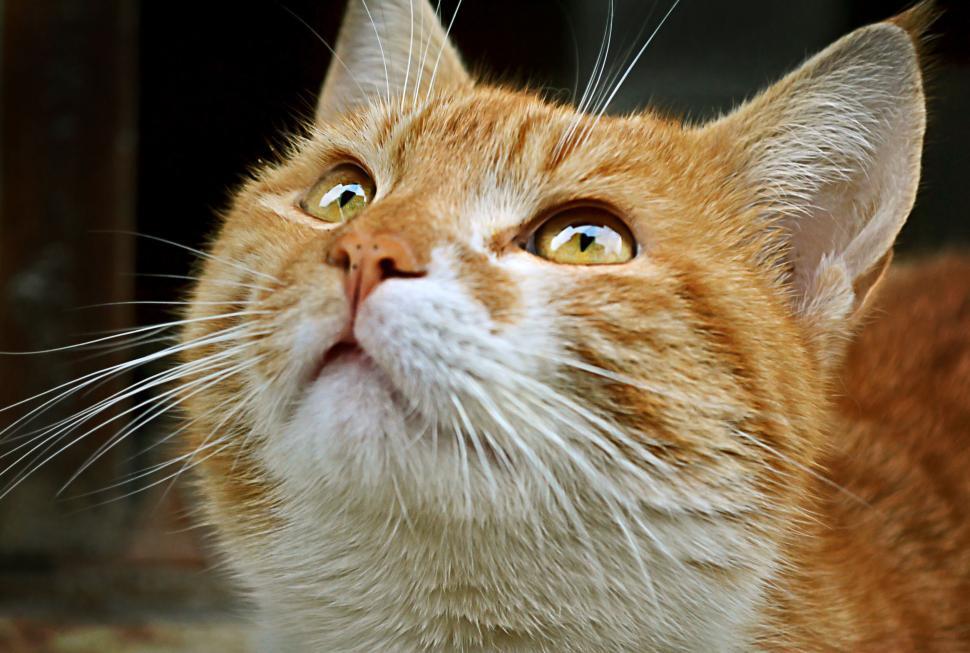
Cats are often seen as enigmatic companions, creatures of subtle gestures and mysterious purrs that leave us, their devoted human servants, constantly guessing. While they might not articulate their desires in our spoken tongue, their behaviors and unspoken cues paint a vivid picture of what truly makes their whiskered faces light up with contentment. Understanding these unspoken feline wishes isn’t just about catering to their every whim; it’s about forging a deeper, more meaningful connection that enriches both their lives and ours.
This isn’t merely a list of chores or obligations; it’s an invitation to step into your cat’s world and see it through their eyes, paws, and incredibly sensitive noses. By consciously integrating these 15 simple yet profound practices into your daily routine, you’ll not only unlock a happier, healthier life for your cherished feline friend but also witness a remarkable strengthening of the unique bond you share. Get ready to transform your home into a feline paradise and become the ultimate cat whisperer!
We’re about to delve into the heart of what makes our furry overlords truly purr with delight, starting with the first seven essentials that can seriously elevate their quality of life. From turning mealtime into a mental workout to designing the ultimate cozy nap spot, these insights are your golden ticket to a purr-fectly content cat. Let’s embark on this journey of discovery and watch our feline companions flourish.
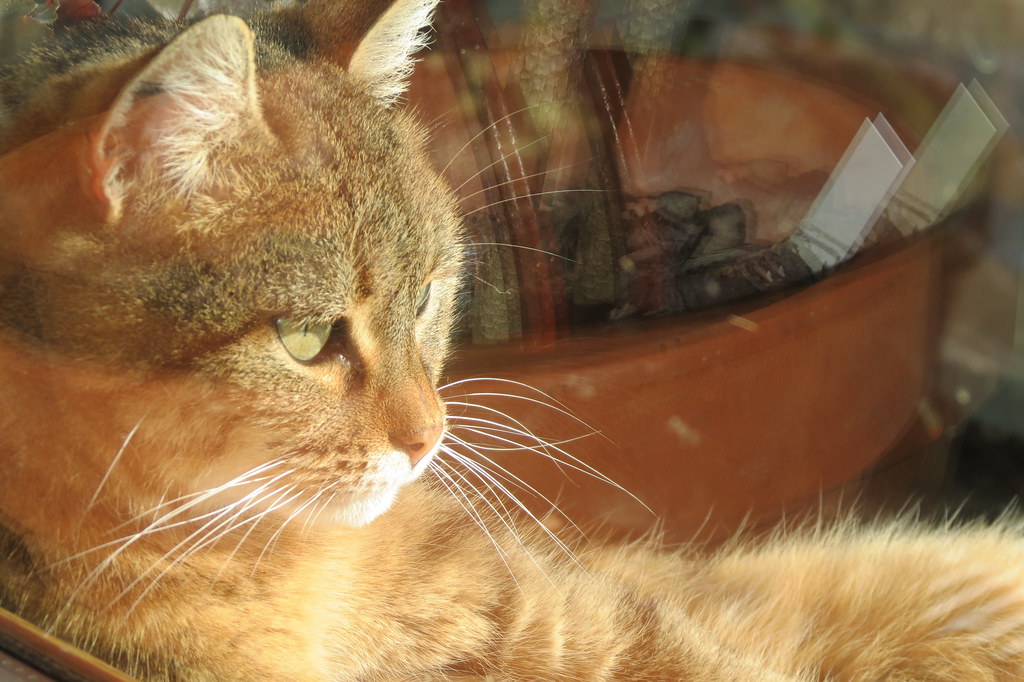
1. **Engage in Interactive Play Sessions**Cats are, at their core, natural hunters, and ignoring this fundamental instinct is like asking a bird not to fly. Engaging them in regular, interactive play sessions isn’t just about burning off energy; it’s about fulfilling their deep-seated desire to stalk, pounce, and “catch” prey. Simple items like feather wands, string toys, or even a crumpled piece of paper can become the ultimate quarry in their imaginative world, transforming your living room into a thrilling safari. These sessions are crucial for both physical exercise, keeping them agile and fit, and mental stimulation, preventing boredom which can often lead to destructive behaviors.
Owners should dedicate time daily to these “playtime adventures,” providing a sense of purpose and satisfaction that mimics their wild ancestors’ routine. Think of it as cat cardio with a side of enrichment! Just 10-15 minutes, perhaps twice a day, can make a world of difference. It’s important to understand your cat’s play preferences—some might be laser pointer fanatics (just remember to end with a tangible “catch” so they don’t get frustrated), while others prefer chasing crinkly balls. Tailoring the play to their individual style keeps them entertained and deeply happy.
To keep things fresh and exciting, it’s also a fantastic idea to rotate your cat’s toy collection. When toys are always available, cats can quickly lose interest, much like a child with too many toys. By putting some away for a few weeks and then reintroducing them, your cat will respond as if they’re brand new, extending the life and value of your collection. Storing toys with a little catnip in an airtight container can also help renew their attraction. Most cats benefit from having just 5-7 toys available at once, cycling in new options weekly to maintain that crucial element of novelty that triggers their innate play behaviors. This thoughtful approach ensures sustained engagement and prevents sensory overload.
Read more about: Unlock Your Linguistic Potential: The 10 Best Free Online Tools for Learning 15+ Languages
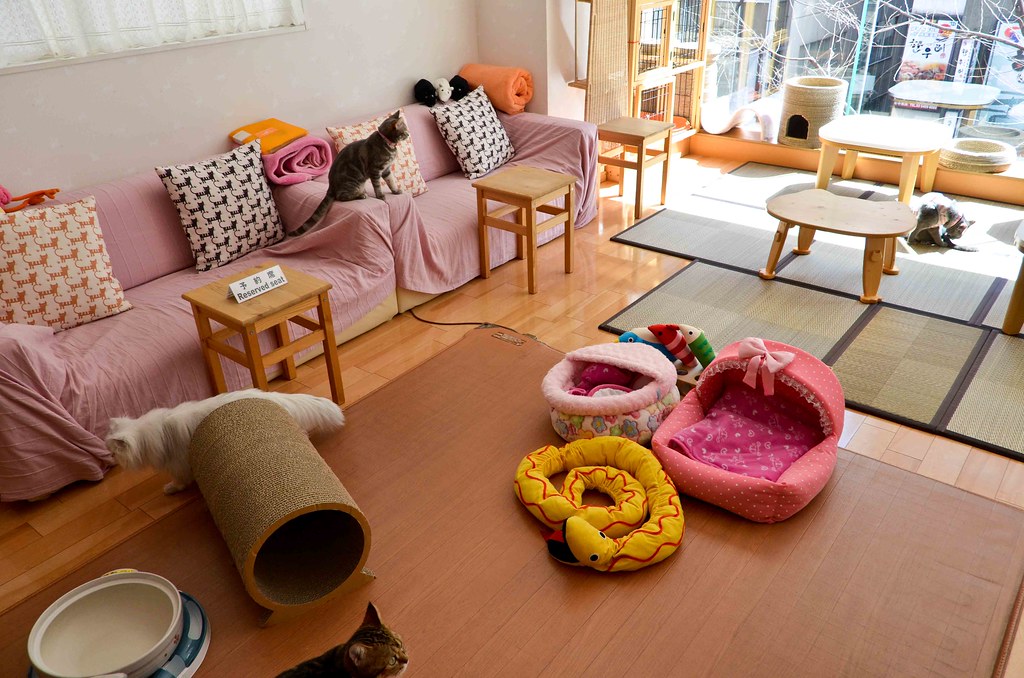
2. **Provide Cozy, Elevated, and Safe Resting Spots**Cats are masters of relaxation, spending a significant portion of their day sleeping and resting. Providing them with a variety of cozy, elevated, and safe spots is paramount to their sense of security and overall well-being. Whether it’s a plush bed tucked away in a quiet corner, a sunny windowsill perch offering a view of the outside world, or an enclosed igloo bed, having dedicated places to retreat and recharge makes all the difference. These comfortable environments help them feel secure and relaxed, a vital component of feline happiness.
A key aspect of this is creating vertical territory. Cats are natural climbers and observers, with an instinct to survey their domain from high places, much like their wild ancestors used height for hunting and avoiding predators. Adding cat shelves, tall scratching posts, or multi-level cat trees throughout your home satisfies this primal need. It not only provides mental and physical stimulation but also a profound sense of security. The higher the spot, the better your cat often feels, especially in multi-pet households where an elevated perch offers a safe haven from disturbances.
Furthermore, cats cherish quiet hideaway spots, not because they’re antisocial, but because these retreats give them control over their social interactions and a sense of comfort. Simple cardboard boxes, covered beds, or dedicated cat furniture with enclosed spaces serve as perfect sanctuaries. It’s crucial to respect their sleep cycles and never force a cat from its hiding spot, as this can violate their trust and increase anxiety. By offering multiple retreat options throughout your home, you empower your cat to choose the perfect spot based on their comfort level, ensuring they can relax undisturbed and feel protected. Dedicated sunbathing spots, where they can soak up warmth, also fall into this category, easing joint pain in older cats and providing natural comfort.
Read more about: Taylor Swift’s $97 Million Cat: Unpacking the Lavish Lives of Celebrity Pets
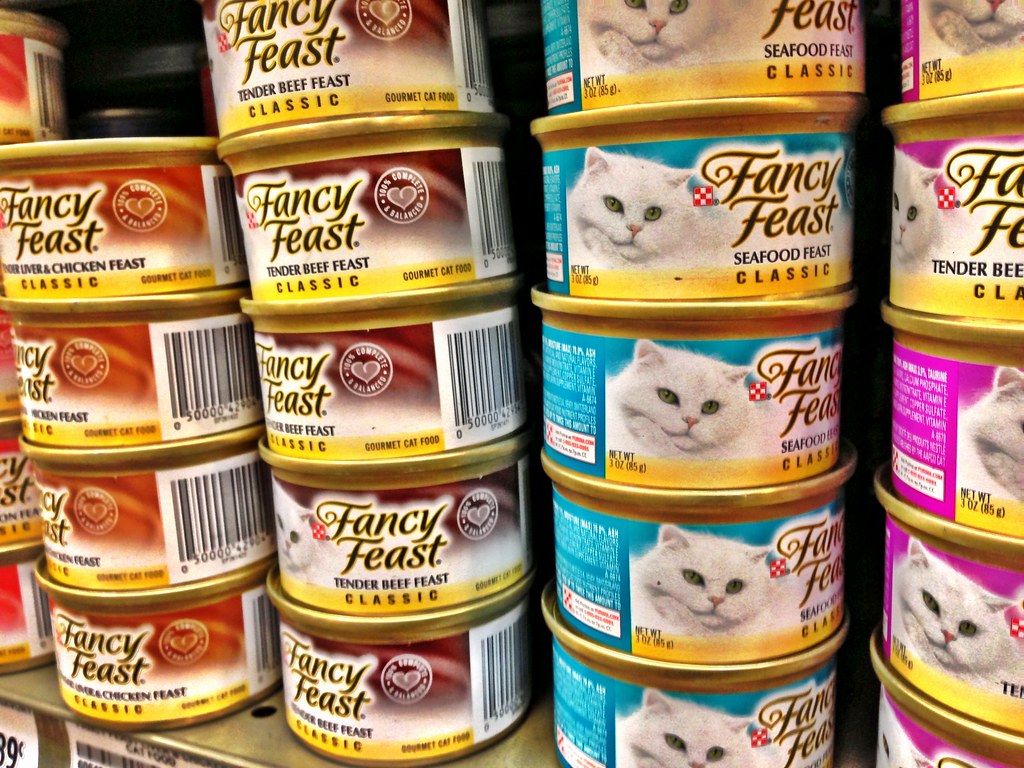
3. **Offer a Varied and High-Quality Diet**Just like humans, cats can quickly grow bored with the same meal day in and day out. Offering a varied diet not only keeps their meals interesting but, more importantly, ensures they receive a balanced range of essential nutrients crucial for their health and longevity. Cats are obligate carnivores, meaning their bodies are designed to thrive on animal-based protein. Therefore, their diet, whether wet, dry, or a mix, must be high in protein, low in unnecessary fillers, and carefully tailored to their specific life stage and any health needs.
Introducing new foods should always be done gradually to prevent digestive upset. Experimenting with different flavors, textures, and even brands can help you discover what your cat truly enjoys and what best supports their health. Consulting with a veterinarian is always a wise step to devise the optimal diet plan that addresses your cat’s unique requirements. Wet food, in particular, is often lauded for its benefits in hydration and kidney health, especially for indoor cats who might not drink enough water on their own, making it a valuable addition or primary component of their diet.
Beyond the nutritional content, the *way* food is presented can also significantly enhance your cat’s dining experience. Scheduled feeding rituals are incredibly important, as cats thrive on predictable routines that satisfy their instinctual need for security. Aligning feeding times with their natural crepuscular hunting periods—dawn and dusk—supports their biological clock and digestive health, reducing anxiety and food aggression. Furthermore, incorporating puzzle feeders instead of traditional bowls can transform mealtime into an engaging activity. These tools simulate hunting, making your cat work a little for their food, providing vital mental stimulation while slowing down fast eaters, which can prevent digestive issues.
Read more about: 14 Simple Ways to Transform Your Health with Regenerative Farming Products
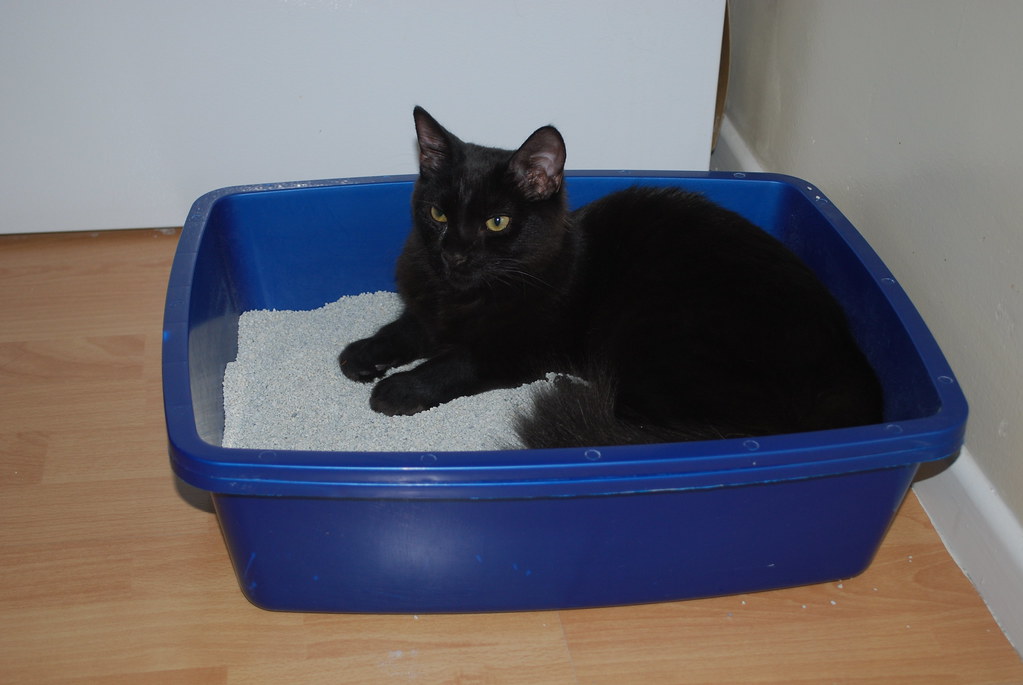
4. **Maintain a Spotless and Accessible Litter Box**Cats are renowned for their fastidious nature and impeccable cleanliness. A dirty litter box is not just an inconvenience for them; it’s a major source of stress and disgust. Their sensitive noses detect odors far more acutely than ours, making an unclean box truly offensive. Owners should commit to cleaning the litter box regularly, ideally scooping at least once, but preferably twice, daily to ensure a hygienic and inviting environment. Skipping this crucial task can lead to your cat avoiding the box altogether, resulting in inappropriate elimination elsewhere in your home.
When it comes to litter, consider using unscented varieties. Strong fragrances, while pleasant to humans, can be incredibly off-putting and even irritating to a cat’s delicate olfactory system. Additionally, the placement of the litter box is critical. It should be situated in a quiet, private, and easily accessible area, far away from their food and water bowls. A noisy washing machine or a high-traffic hallway are certainly not ideal locations for a cat’s private business. Multiple-cat households also benefit from having more litter boxes than cats—the general rule being one more litter box than the number of cats (e.g., three boxes for two cats).
A clean litter box is not just about maintaining hygiene in your home; it’s about profoundly respecting your cat’s inherent need for a tidy, comfortable, and safe space. By prioritizing this, you not only prevent behavioral problems but also foster a trusting relationship, demonstrating that you understand and value their preferences. Regular full litter changes, coupled with occasional box washing using mild, unscented soap, further solidify your commitment to their well-being, ensuring their “bathroom” experience is always as pleasant as possible.
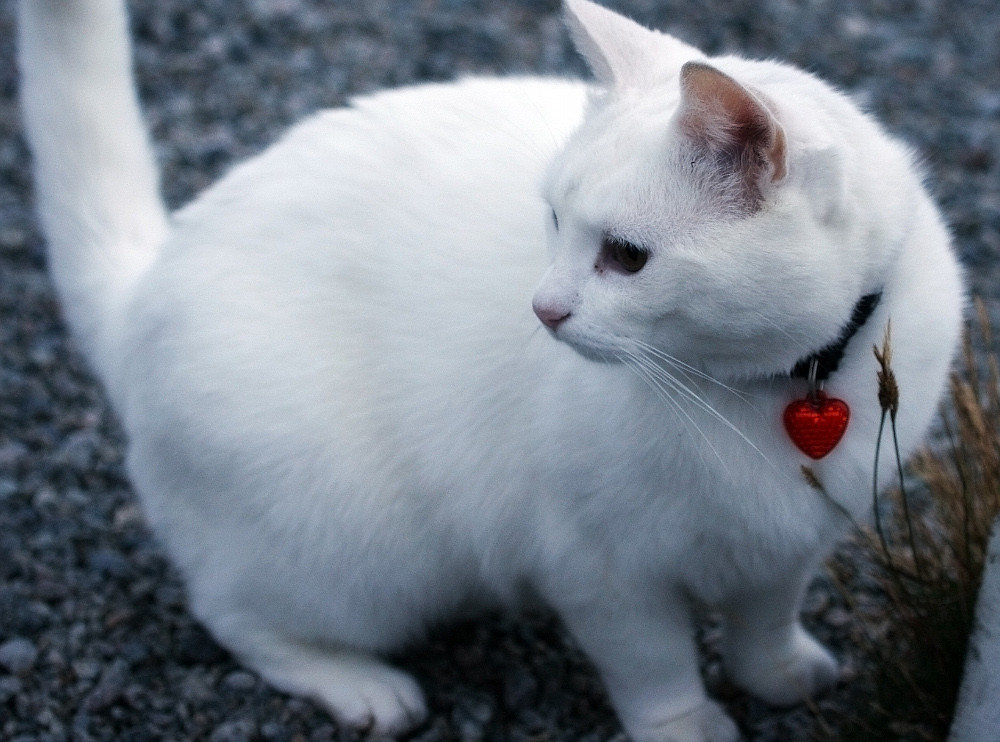
5. **Enable Safe Outdoor Exploration**While many cats are content with the comforts of indoor living, others possess a deep-seated curiosity and a natural inclination to explore the great outdoors. Providing safe outdoor exploration opportunities can be an incredibly enriching and thrilling experience for them, stimulating their senses in ways an indoor environment simply cannot. The sights, sounds, and smells of nature engage all their faculties, satisfying an innate desire for novelty and adventure without exposing them to the inherent risks of free-roaming, such as traffic, predators, or disease.
There are several excellent ways to achieve this safe exposure. One popular option is creating an enclosed outdoor space, often called a “catio.” These secure enclosures allow your feline friend to bask in fresh air, soak up natural sunlight (which provides beneficial Vitamin D), and observe the world outside in complete safety. For those without the space for a catio, leash-training your cat with a harness is a viable alternative. While not all cats will take to it, for many, slow, “sniffy” walks around a garden or a quiet neighborhood can be a total game-changer, offering controlled sensory stimulation.
Even apartment dwellers can get creative by installing window boxes with cat-safe plants or setting up small balcony enclosures. The key is to provide that sensory richness of nature—the feeling of a breeze, the sound of birds, the smell of fresh earth—in a controlled manner. These outdoor experiences significantly reduce stress behaviors like excessive grooming or destructive scratching, demonstrating your commitment to their holistic well-being and acknowledging their wilder instincts. It’s about bringing a piece of the wild, safely, to your cherished companion.
Read more about: Unveiling Automotive Endurance: The 10 Imported Models Most Likely to Clock 250,000 Miles
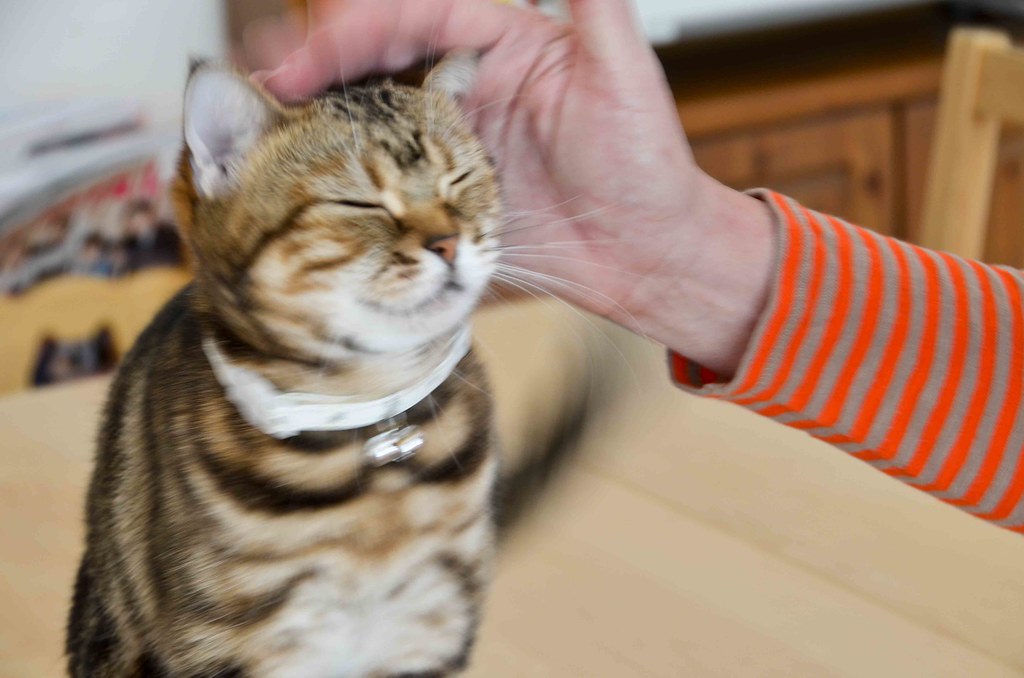
6. **Offer Regular Grooming and Gentle Massage**Grooming is far more than just a cosmetic routine for cats; it’s an essential part of their natural behavior and a powerful bonding ritual between you and your pet. Regular grooming sessions, whether it’s brushing their fur, trimming their nails, or gently cleaning their ears, play a vital role in maintaining their overall health and appearance. Beyond the practical benefits of reducing shedding and preventing painful mats in long-haired breeds, the sensation often mimics the soothing care they received from their mothers, creating a special, comforting connection.
Different coat types require different tools, so observing what works best for your feline friend is important. Short-haired cats might enjoy a soft bristle brush, while longer coats necessitate wide-toothed combs to effectively manage tangles. These sessions also provide an invaluable opportunity to perform a routine health check, allowing you to feel for any unusual lumps, bumps, or skin irritations that might indicate a developing health issue. Most cats genuinely enjoy the attention and tactile sensation of grooming, often purring and relaxing into the experience, making it a mutually enjoyable activity.
Incorporating gentle massage into these grooming sessions can further deepen your bond and provide additional health benefits. Cats, much like people, can carry tension in their muscles, often unnoticed. Slow, circular motions near the ears, under the chin (where scent glands are plentiful), and down the spine can be incredibly pleasurable, mimicking a mother cat’s grooming. Watching for signs like purring, relaxed posture, and pushing against your hand confirms their enjoyment. Initially, keep massage sessions short, 2-3 minutes, gradually extending them as your cat becomes comfortable. This focused touch improves circulation and helps you detect sensitive areas early, truly making a well-groomed cat a happy and healthy cat.
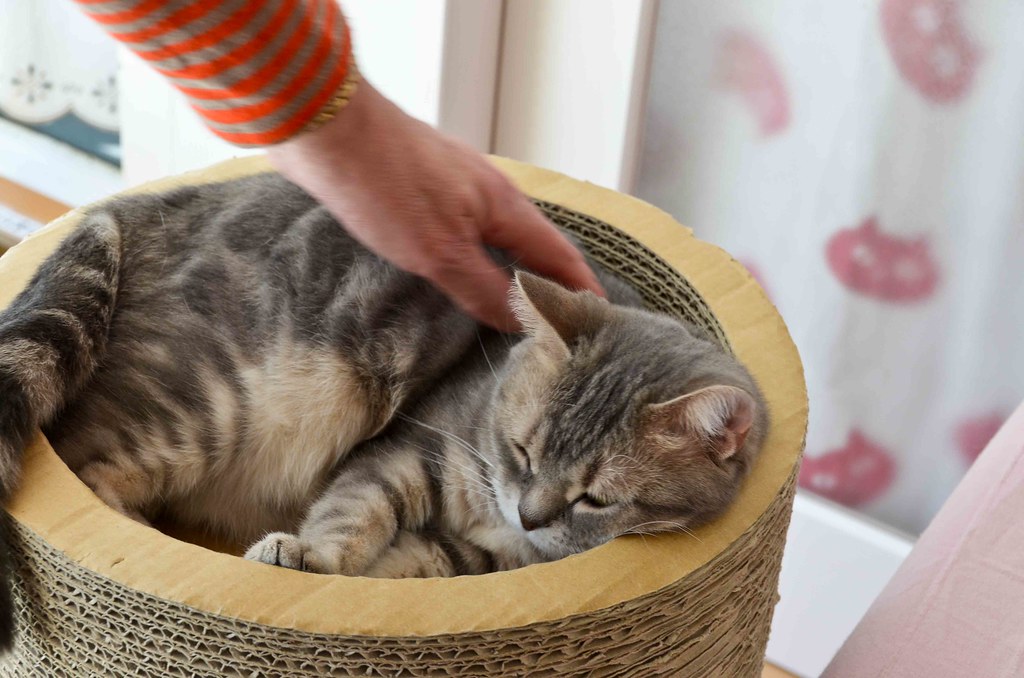
7. **Ensure Consistent Quality Time and Affection**At the very core of a cat’s desires is the simple yet profound wish for consistent quality time and genuine affection from their human companions. While cats are often perceived as independent, they are, in fact, deeply social creatures who thrive on interaction and connection with their owners. Spending quality time doesn’t necessarily mean elaborate games or constant attention; it can be as simple as cuddling on the couch, engaging in a quiet conversation with them, or even just being peacefully present in the same room. Your consistent presence provides comfort and an undeniable sense of security.
Making time for your cat each day, even if it’s just a few minutes of focused attention, can significantly enhance their emotional well-being and strengthen the unique bond you share. This regular reassurance helps your cat feel valued, cherished, and an integral part of your family unit. Cats express their affection in various subtle ways—purring, kneading, head-butting, or simply following you from room to room—and reciprocating these gestures with gentle petting and soft words reinforces their feelings of security and love.
Read more about: Michelle, a Name of Enduring Legacy: Tracing Its Deep Roots, Cultural Impact, and Global Resonance
It’s also vital to understand and respect their boundaries, especially when it comes to physical interaction. Suddenly scooping up your cat without warning can trigger their instinctual fear response, as they feel vulnerable when their feet leave the ground unexpectedly. Always telegraph your intentions by making eye contact and offering a hand for a sniff first. Then, if they’re receptive, gently support both their chest and hindquarters when lifting. Some cats simply prefer to stay grounded, and respecting this preference is a crucial aspect of fostering trust. By being attuned to their cues and providing affection on their terms, you cultivate a loving and nurturing relationship that truly enriches both your lives.


